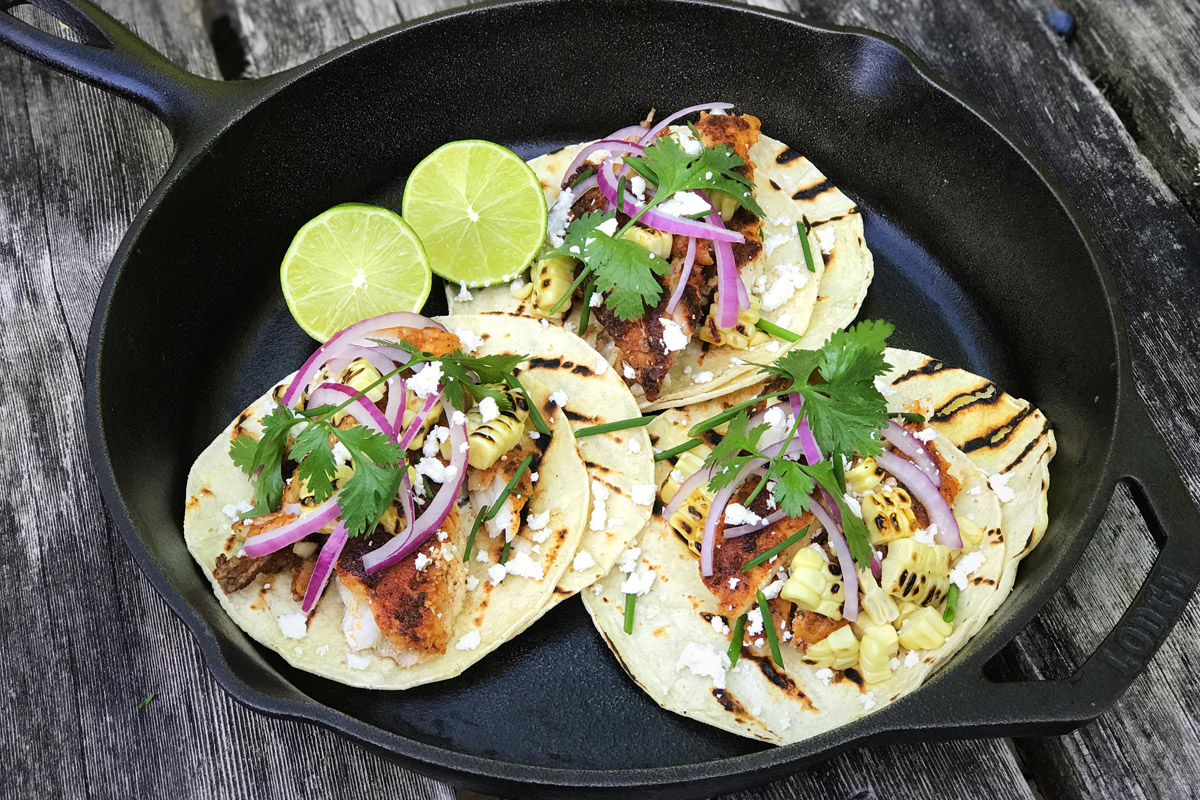As every small business owner knows, effective marketing is key to survival, and social media is an increasingly important part of that. According to a 2019 report from the global creative agency We Are Social, 3.4 billion people, or 45 percent of the world’s population, were using social media.
If you’re a small business or a DMO wanting to up your social media game, you might consider using an influencer to help capture the attention of would-be customers. But perhaps you have questions: What’s an influencer? Where do you find one? How are they compensated and how do you measure success? Waldport-based influencer Katie Wiley’s recent project for OCVA offers a case study in a successful campaign that answers these and other questions.

The Project
OCVA Director of Marketing and Sales Zak Shelhamer says that OCVA’s goal was specific: Highlight the Florence Farmers Market during Oregon Farmers Market Week, August 2-8, 2020. The project included promoting the convenient What’s Good app that allowed people to shop, pay in advance, and retrieve their goods from each farmer in a drive-thru setup, designed to be COVID-safe.
OCVA staff reached out to Wiley, whose Instagram feed @thekitchenwild features the best coastal bounty—from local farms to fresh catch and wild forage—and the recipes she creates from it to feed her family. Wiley started the feed in February as a side project to the custom trailer design business she runs with her husband. In less than a year Wiley built a devoted tribe of more than 3,700 followers.
“I was just posting what we were eating for dinner. I thought, people won’t care about this.
It turns out people did care, and I was bombarded with recipe requests,” she says. “I am celebrating our lifestyle here and the businesses we love.”
For the OCVA project, Wiley had two weeks to create recipes, shop for food, make the dishes and photograph everything. As she dove into the research, she also wanted to share details about suppliers: Who caught the fish? What farm did the berries come from? She documented her scenic drive from Waldport to Florence to illustrate the beauty of the Coast. She posted her photographs, recipes and commentary over the course of several days in celebration of Oregon Farmers Market week.
Wiley says the intended goal was met, and the project yielded bonus benefits.
“It was a safe way to experience the farmers market. Also, I am a mom with three small children and they do not like wandering around the farmers market. This way I still got everything I needed,” Wiley says.
Evaluating Cost
Wiley was paid a flat fee for her work and also given a budget for groceries, but money doesn’t have to be a deal-breaker. Wiley says many influencers are motivated to do the work they do out of love for their communities. Especially in these tough times, they might be willing to post for free.
“I think a lot of people would be happy to showcase products or businesses without being paid,” she says.
Shelhamer concurs, adding that since influencers are naturally interested in connecting, businesses shouldn’t be shy about reaching out.
“These are people who are really easy to connect with. Just send them a message and be open and transparent,” he says. “If you can, offer to pay for their gas, a meal or give them a guided tour. That stuff can go a really long way and the worst thing they can do is say no.”
Identifying Influencers
So how do you find an influencer? A little social media sleuthing will point you in the right direction. Look for businesses that seem similar to yours and see what influencers they follow. If you own a restaurant, check out influencers who are into food and wine. A guide company will want to look for an avid outdoorsperson. An art gallery should peruse arts promoters.
Another way to educate yourself, Wiley says, is to look at your local news media outlet and see who they follow.
“Look for influencers who genuinely love and support the community,” she says. “When it feels forced, nobody believes it.”
As for messaging, think about solving a problem or highlighting something new. A hotel might want to get the word out about new Covid-safe cleaning protocols. A restaurant could announce they are doing take-out. DMOs can direct visitors to key information about how to visit a destination safely. The voice of an influencer can go far in getting the word out.
In the world of influencers, Wiley is what’s known as a “micro” influencer, meaning she has fewer than 40,000 followers. But Shelhamer says influencers with smaller followings often have a more focused reach.
“They may have a stronger or more reputable voice than a bigger influencer. It is really easy to find people like that,” he says. “Sticking with those micro influencers will give Coast businesses and DMOs the most bang for their buck.”
More than Metrics
When all is said and done, how do you measure the success of an influencer campaign?
Shelhamer says you can always look at more than just numbers.
“Beyond data and metrics, you have to decide what a win is,” he says.
Wiley was able to track her impact by the numbers of direct messages she received as well as comments on posts and seeing her followers start to follow the Florence Farmers Market on its social media.
She says the success of the campaign was gratifying professionally and personally. Wiley, like many influencers, sees her work as a chance to give back to the community she and her family call home.“We are so thankful to live here during this time.”
– By Eileen Garvin